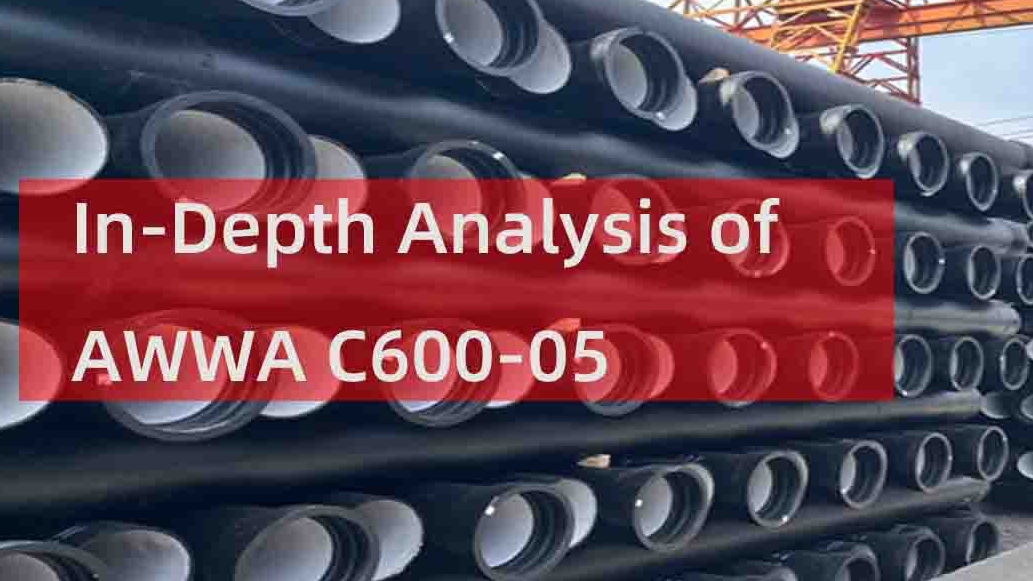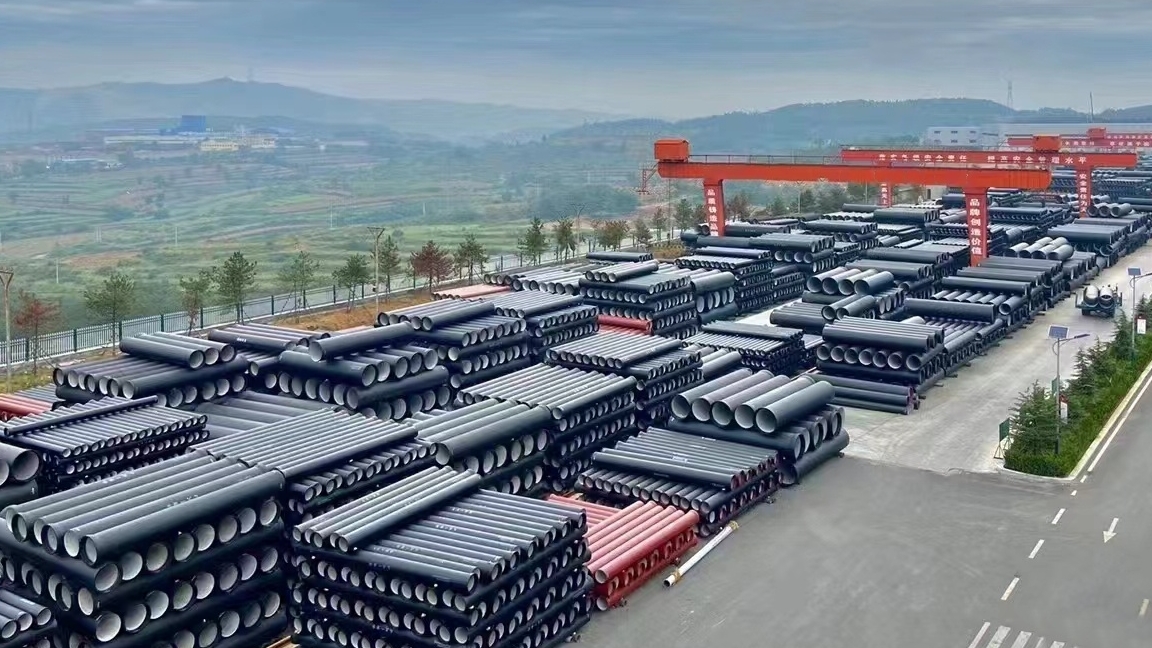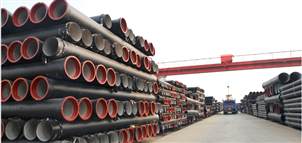In-Depth Analysis of AWWA C600-05
2025-05-30 15:57:25 hits:0
In the field of water supply and drainage infrastructure projects, strictly following standards is critical for ensuring safety, reliability, and durability. The AWWA C600-05 standard issued by the American Water Works Association (AWWA) serves as a comprehensive guide for the installation of ductile iron main pipes and their appurtenances. Widely applied in projects such as drinking water supply, sewage transportation, reclaimed water systems, and raw water transportation, this standard effectively regulates construction processes and ensures project quality through key technical specifications.

I. Scope and Core Value of the Standard
AWWA C600-05 details the full-process operation specifications for ductile iron main pipe systems, covering all stages from trench preparation to pipe connection, appurtenance installation, and quality acceptance. Its core value is reflected in three aspects:
II. Key Installation Processes and Technical Requirements
1. Pipeline Laying and Trench Handling
2. Pipeline Connection Methods and Technical Points
Ductile iron pipes primarily use flexible interfaces, with AWWA C600-05 focusing on standardizing the following two types:
3. Installation Specifications for Appurtenances

III. Quality Control and Performance Testing
1. Pressure Testing and Leak Detection
2. Anti-Corrosion and Cathodic Protection
IV. Environmental Adaptation and Backfilling Requirements
1. Trench Backfilling Technology
2. Response to Special Environments
V. Standard Evolution and Practical Applications
While AWWA C600-05 (2005 edition) has been updated to ANSI/AWWA C600-2017, its core technical framework remains highly relevant. The new version enhances several areas:
In practice, AWWA C600-compliant ductile iron pipe systems have been widely adopted in large projects:
Conclusion
AWWA C600-05 is more than technical specifications; it is the cornerstone of modern water engineering management. Its core philosophy of "safety, durability, and efficiency" permeates every stage from material selection to construction acceptance. For engineers, deep understanding of the standard’s principles and flexible adaptation to regional conditions are key to delivering water infrastructure that stands the test of time. As industry technology evolves, ongoing standard updates will further drive innovative applications of ductile iron pipes in smart water and low-carbon infrastructure.
Do you need help with your water project?
If you need ductile iron pipes and their accessories, please feel free to contact us. Tiegu has decades of experience in solving on-site problems related to pipeline construction and operation. We are committed to providing products and services for professionals in the entire water supply and wastewater treatment industry, from design to submission and installation.
Send an email, our email address is zbw@tiegu.net


 en
en  fra
fra  de
de  ru
ru  ara
ara  gle
gle  it
it  jp
jp  kor
kor  th
th  zh
zh 


